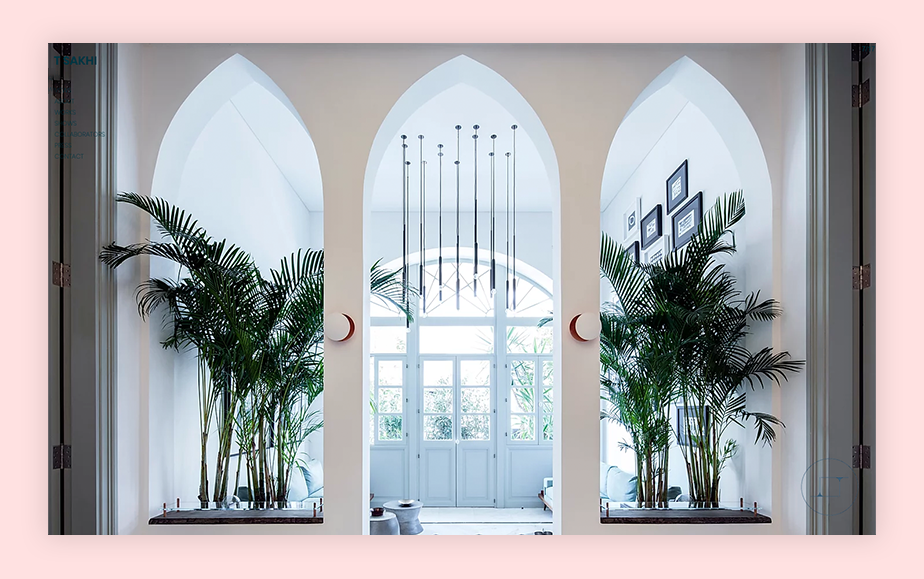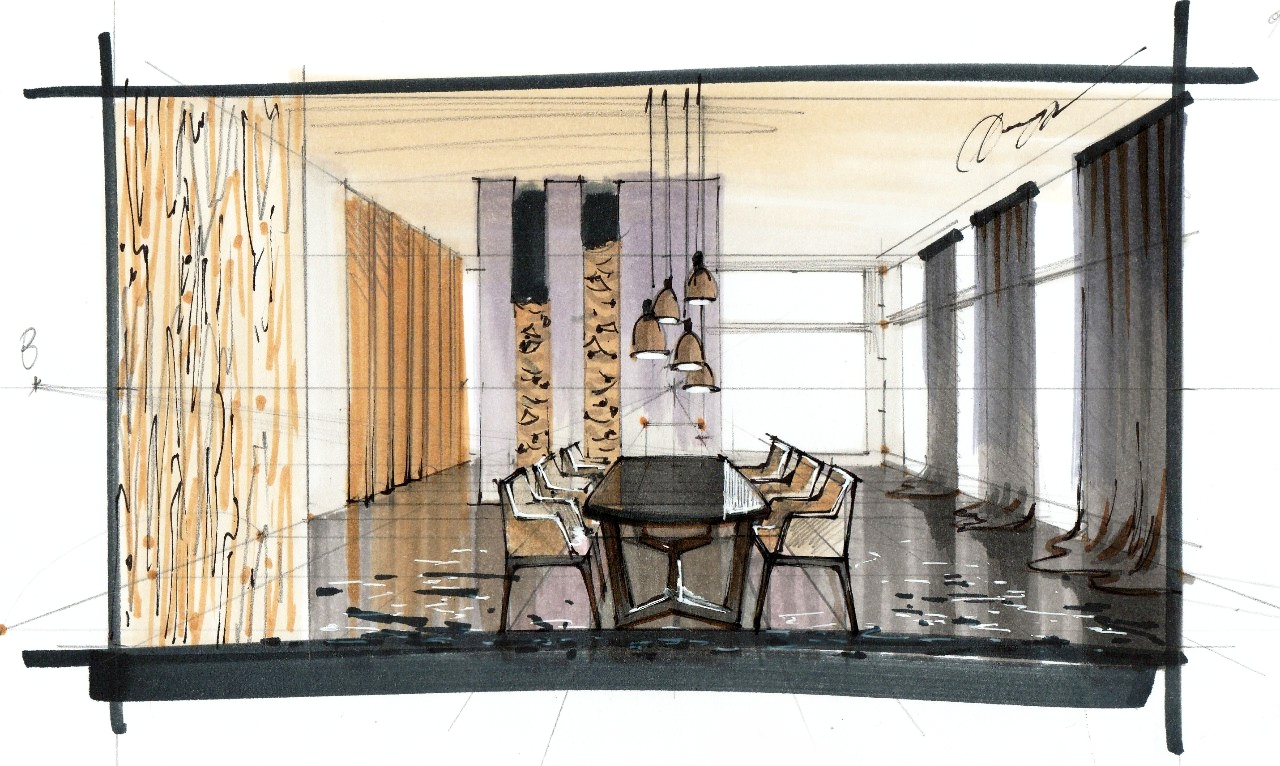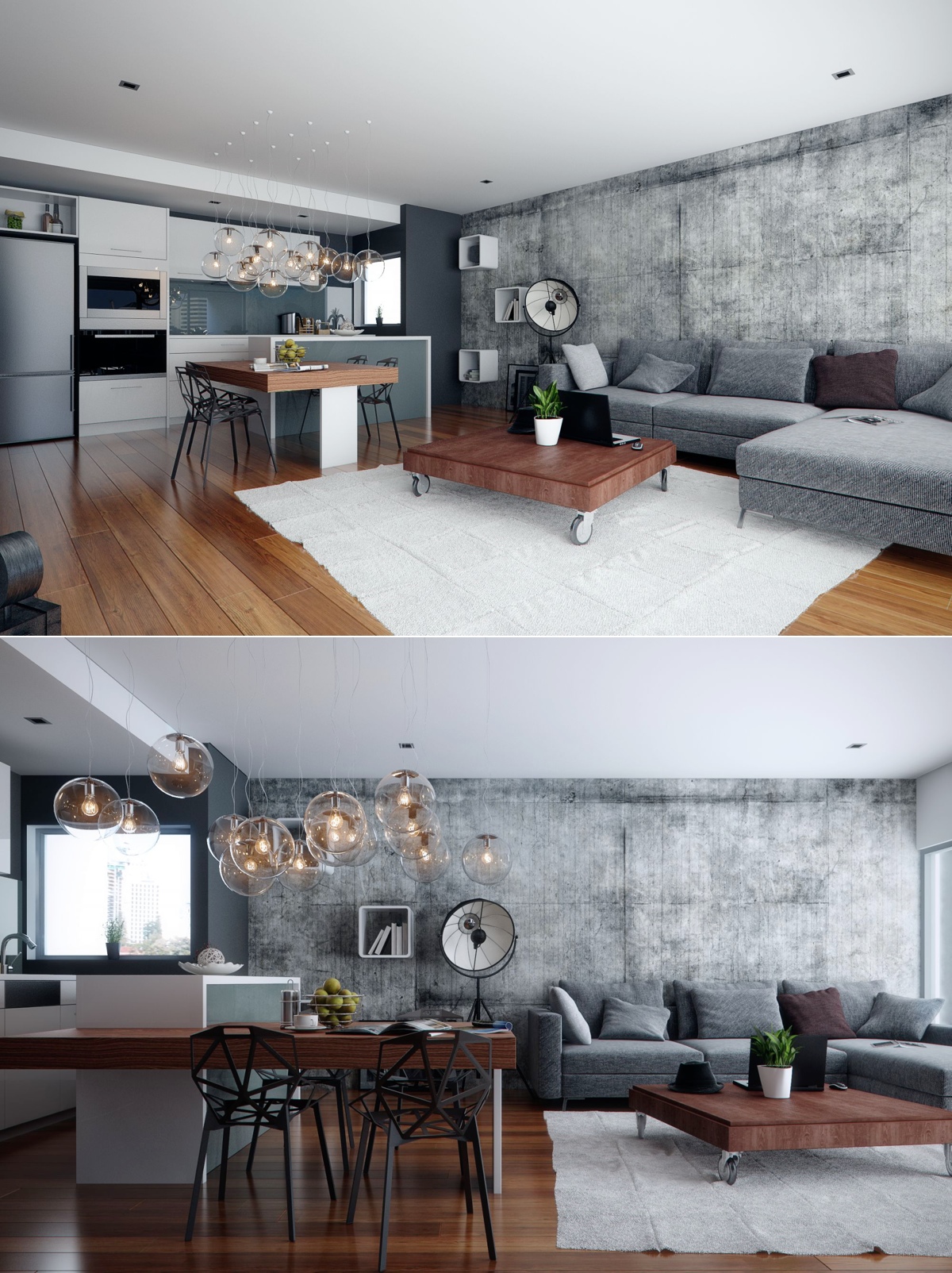
- #How to create a portfolio for interior design how to
- #How to create a portfolio for interior design professional
Potential employers use your resume to employ you.
#How to create a portfolio for interior design professional
Detail Your Academic Credentials and Professional Experienceīesides your projects, it’s important to detail your academics and professional experience in your portfolio. Showcasing your best projects will help your customers gain insight into what to expect.ģ. Try your best to show step-by-step, before and after photos of your projects. Choose photos of your most creative interior design endeavors. The key to making a portfolio that wows your potential clients is showcasing your best projects. Choose Photos of Your Most Innovative Projects Yet, you can create your own online portfolio for free using tools such as Adobe Spark.Ģ. You might think it’s too expensive to create both versions. You should consider creating both types so you can provide several options to your potential clients. You can create an online or print version of it. Decide What Type of Portfolio You Want to CreateĬhoosing the type of portfolio is the first step to start showcasing your work. Here are the steps you should follow to create an interior design portfolio that wows your potential clients.ġ. You may think only experienced designers have one, but it’s never too early to get one. You may think creating a portfolio only works for writers, marketers, among other careers.īelieve it or not, developing an interior design portfolio is vital to establish yourself as a top interior designer in your area. Generating credibility, boosting your chances of securing clients, setting yourself apart from your competition, and showing off your creativity are some of the benefits of developing a professional portfolio.
#How to create a portfolio for interior design how to
If you don’t have one yet, here’s how to create it. Use a storyboard to ensure decorating success and create a room you’ll love.As an interior designer, every client you meet will want to peep at your interior design portfolio. It’s important that you’re happy with your space, and nothing is worse than decorating a room and not feeling satisfied with the results. When you’re looking to buy a new sofa or lamp, look to your storyboard to make sure the new purchase will fit in with your decorating plan. It’s time to start furnishing your room! Glue images of anything that you have bought for your room or furniture that you plan to buy to the storyboard to keep the decorating process running smoothly. Attach photos of anything you have or plan to buy This will give you a good idea of how colors look next to each other and whether the palette works. With your color palette determined, start collecting paint samples and fabrics that fit in with your color scheme and add them to your storyboard. Others choose the color palette first and then start looking for furnishings. Some people prefer to base their color options on a piece of furniture or artwork they can’t do without. There are various ways you can choose a color palette. Select a color palette that allows you to create the style you’ve chosen for your room, whether it’s modern, cottage, rustic or traditional. You can then get rid of all of the photos that do not fit in with that theme and attach the ones that do to your storyboard. Do you see a pattern? If so, use that pattern to help narrow your focus and pick a specific style that you want to create for that room. Look at your bulletin board and search for common themes among the various pictures. Go through magazines, websites and catalogs to find styles you like and put anything worth considering on the bulletin board. This will give you flexibility until you narrow your focus. You can tape or glue your floor plan to the storyboard poster, but you might want to use a bulletin board for the inspiration process.

Now that you have a better idea of your room’s layout, it’s time to start considering styles. Seeing how the room is laid out will help you when making purchase decisions so you can select stylish furniture that will fit in with the current setup.

Factor in all of the existing elements such as a fireplace or window that will influence your room’s design. You don’t need to be an artist to create a floor plan, but you should be accurate when measuring. To get started on your interior design storyboard layout, follow these six steps. It also lets you explore different possibilities before choosing one specific style. How do you even know where to begin? If you’re struggling to come up with ideas, the best way to start the creative process is by making an interior decorating storyboard.Ī storyboard allows you to put a room together before you actually start decorating, which then gives you the opportunity to see if you’ll be happy with the finished design. While starting with a blank slate grants you the freedom to design the room however you wish, it also means you have many more decisions to make.

Decor storyboard created by Rae de Leon on ĭecorating a room from scratch is harder than you first think.


 0 kommentar(er)
0 kommentar(er)
